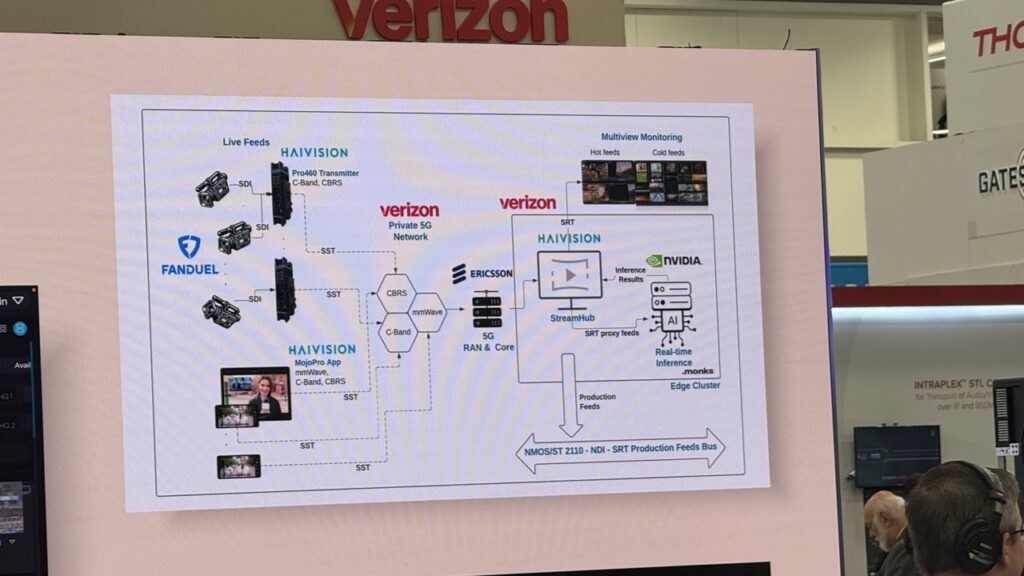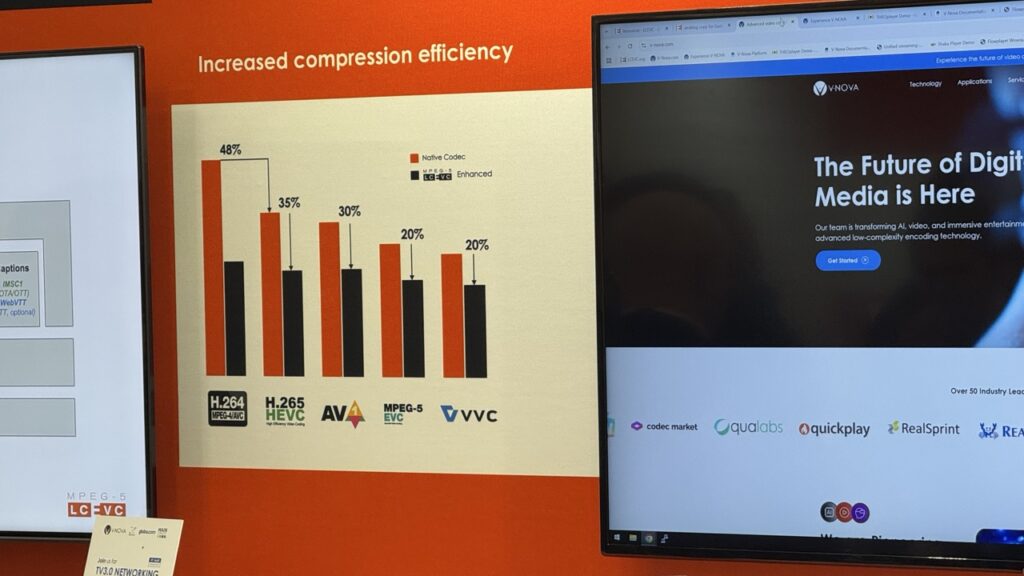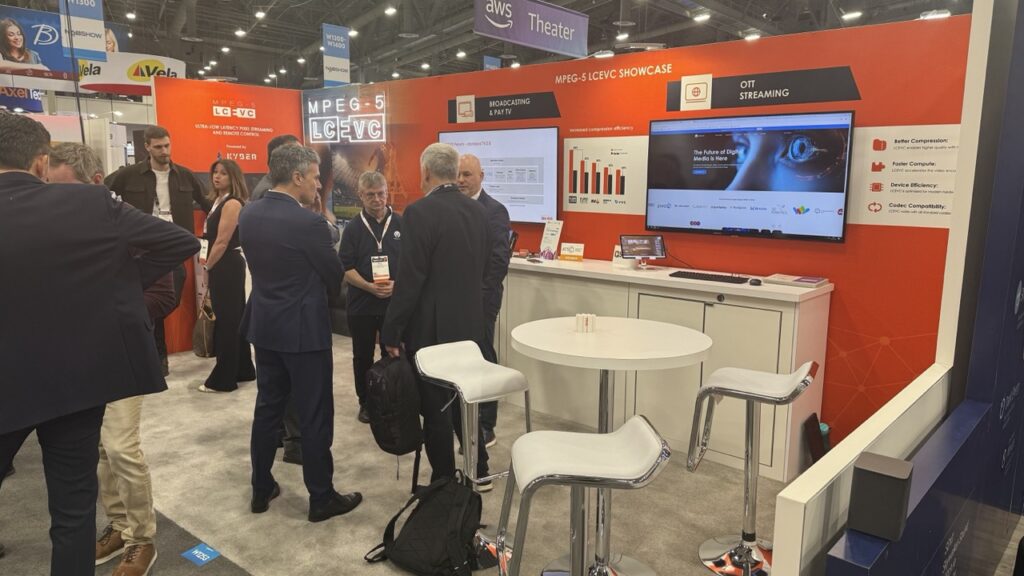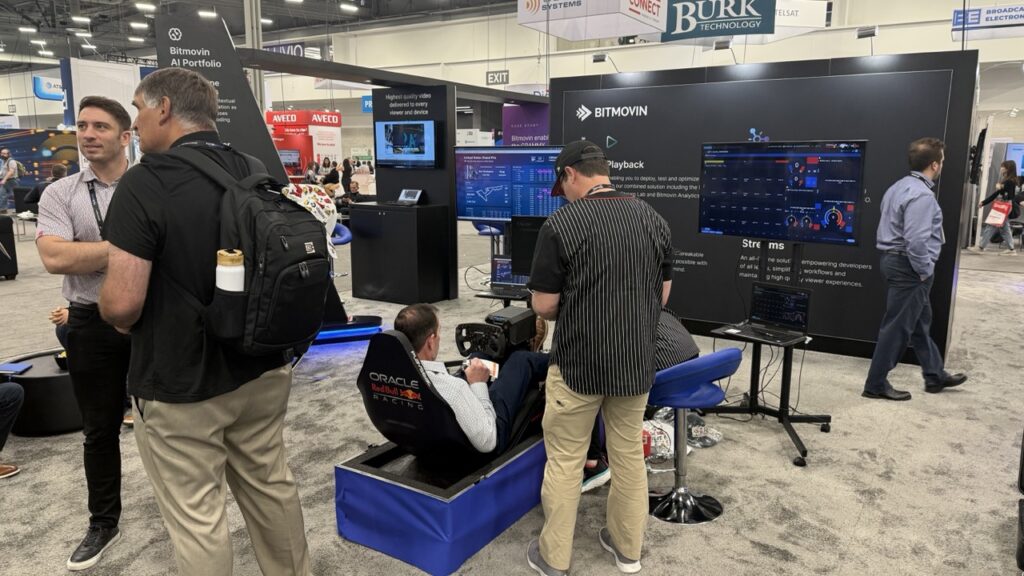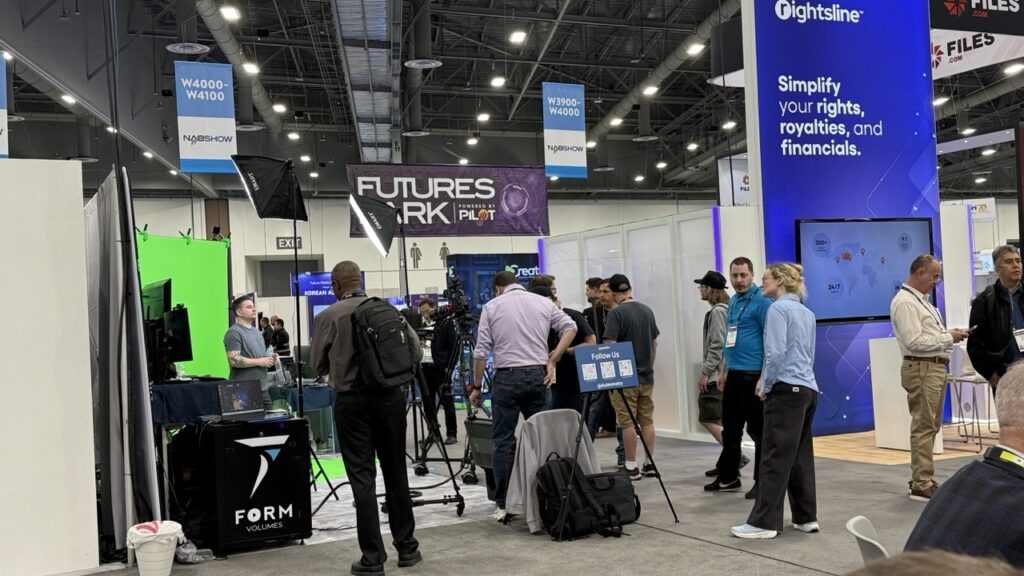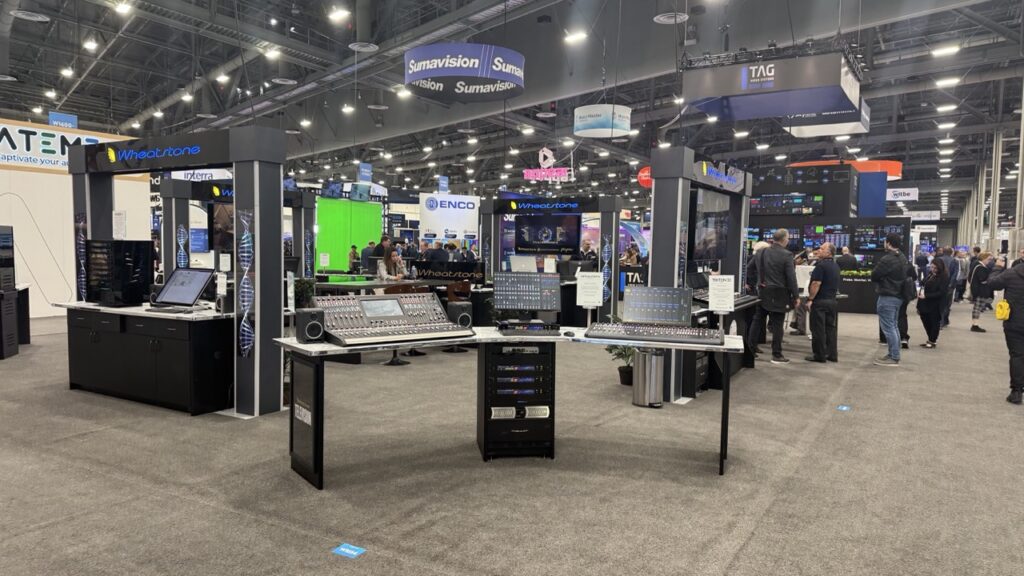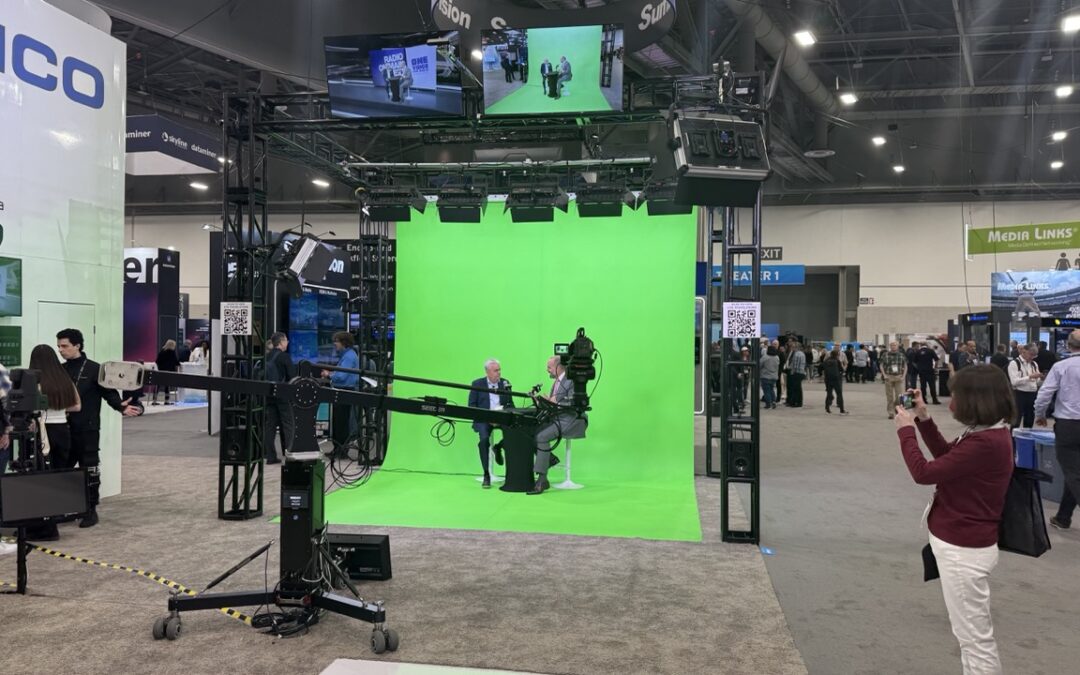Attending NAB for the first time this year was a unique experience. While the show is historically known for cameras, post-production, and broadcast systems, what stood out most was how deeply infrastructure is now embedded in the future of media.
As someone who’s spent my career building global networks, edge platforms, and distributed compute, I came to NAB with a specific lens. I was curious to see how the media industry is adapting to new realities around delivery, interactivity, and scale. What I found was a landscape in transition—and infrastructure playing a central role in that transformation.
This year’s show highlighted five major themes: Artificial Intelligence, Cloud Virtualization, Streaming, Sports, and the Creator Economy. Each theme reflected not just a technical trend, but a growing interdependence between application and infrastructure layers.
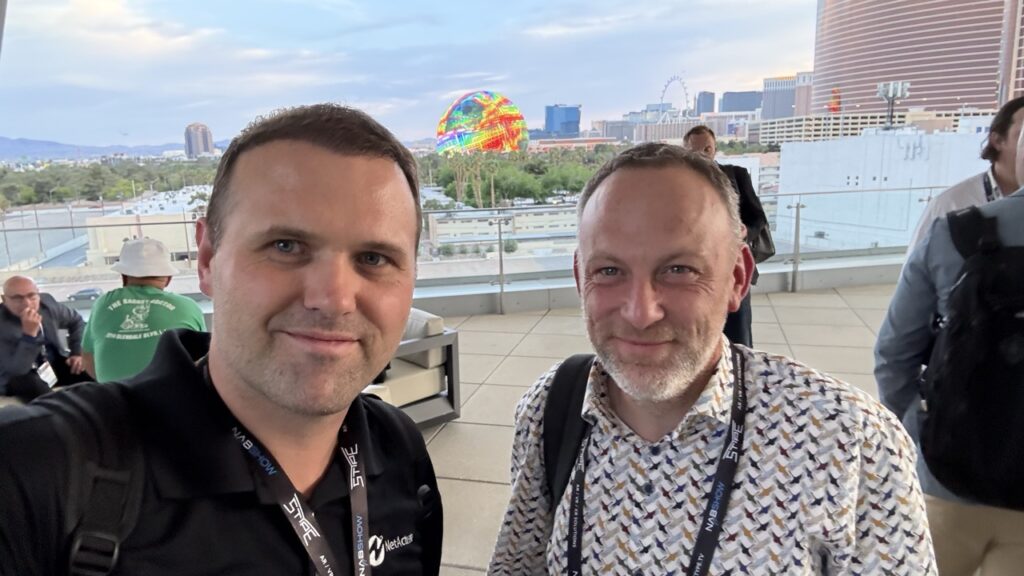
AI: From Workflow Enhancer to Network Optimizer
AI was everywhere this year. While it’s now standard in content tagging, captioning, and personalization, the most compelling uses I saw were deeper in the stack—enhancing routing, workload management, and live stream reliability.
This is a space I’ve been watching closely, particularly through Coherently.ai, where we’re working on enabling high-performance AI compute to run at the edge—allowing for smarter infrastructure decisions in real time. Whether it’s pre-caching based on forecasted demand or dynamically re-routing traffic to optimize cost and performance, AI is now playing a key role in how media moves—not just what it looks like.
Cloud Virtualization and the Rise of the Edge
The shift to cloud-native workflows is no longer aspirational—it’s a given. The real innovation now is how cloud services are being extended to the edge. I saw multiple examples of lightweight, on-demand edge workloads supporting everything from live playout to regionalized ad insertion to audience-specific delivery optimization.
These use cases require more than just capacity—they demand orchestration, proximity, and resilience. That’s where edge infrastructure is quickly becoming a differentiator. The most forward-thinking platforms are already moving beyond static distribution, toward dynamic, context-aware deployments at the edge.
Rethinking the CDN
The traditional CDN model—centralized caches, fixed topologies—is rapidly evolving. The next generation of content delivery is adaptive, ephemeral, and increasingly programmable. What matters today isn’t just throughput or latency—it’s the ability to make delivery decisions based on real-time signals, business logic, and network conditions.
From an infrastructure perspective, this evolution is exciting. It signals a broader shift toward intelligent edge mesh architectures where compute, storage, and networking are all tuned for media workflows. This aligns strongly with what we’ve built at NetActuate—an edge network purpose-built for scale, with direct access to local carriers, IXPs, and ISPs in over 40 global markets.
Our position as a global edge platform provider means we’re not just delivering traffic—we’re helping our partners deliver better business outcomes by giving them control, flexibility, and reach where it matters most.
Streaming, Sports, and the Creator Economy
While infrastructure was top of mind for me, it was clear that consumer expectations are evolving fast. Live sports continues to push the limits of real-time performance, especially with interactive overlays, dynamic camera switching, and mobile-first experiences.
At the same time, the creator economy is maturing. Individual creators now operate with broadcast-grade workflows, distributing globally from virtual control rooms. This decentralization of production only increases the demand for edge capacity, efficient routing, and seamless global reach.
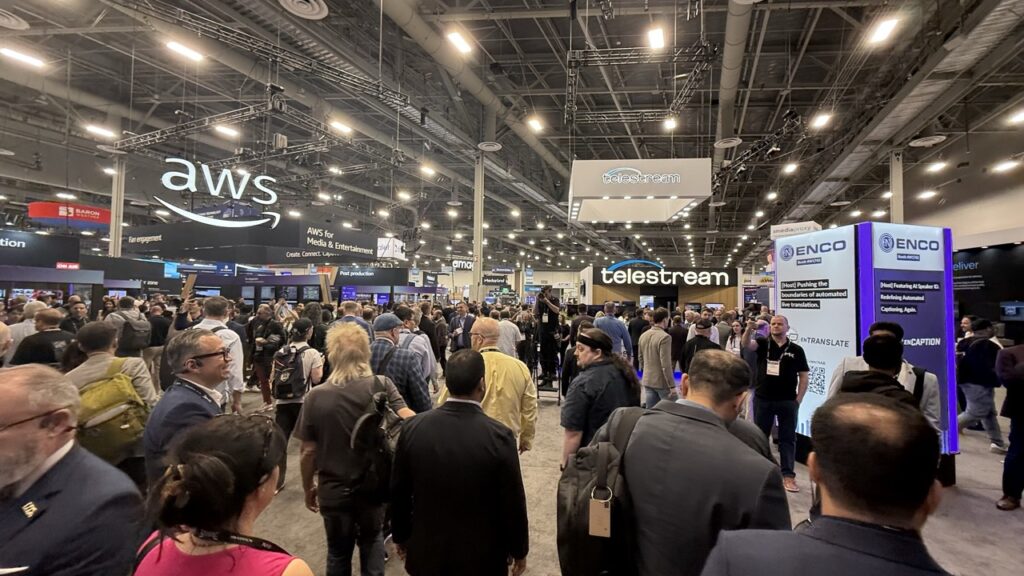
A More Collaborative Industry Than I Expected
One of the most encouraging takeaways from NAB 2025 wasn’t technology—it was tone.
This industry isn’t just transforming. It’s collaborating. At nearly every meeting or booth, the same sentiment emerged: we’re all figuring this out together. Multi-cloud complexity, edge orchestration, latency-sensitive delivery—none of these problems can be solved in isolation.
That’s why I left the show optimistic. At NetActuate, we’ve spent years building the foundation: an edge network designed for media-scale delivery, deeply interconnected, low latency, and ready to support the hybrid, intelligent workloads this industry now requires.
NAB 2025 reinforced what many of us have known for a while: infrastructure isn’t behind the scenes anymore. It’s at the heart of the experience. And we’re just getting started.
— Mark Mahle
CEO, NetActuate

